20 Things You Must Know About The Sea Shepherds
The SSCS (Sea Shepherd Conservation Society) is a non-profit organisation founded in 1977 that aims to protect fragile marine ecosystems and prevent the destruction of habitat by deploying different tactics.
While at first glance, it might be easy to know and understand what the Shepherds of the Sea are all about, several areas about them are covered and unknown to others.
Sea Shepherds strive to safeguard marine habitats and are one of the world’s most renowned marine conservation charities. They strive to protect the world’s oceans and stand against the brutal killing of marine wildlife and inhumane activities like overfishing, hunting of humpback whales, or killing of seabirds.
A list of 20 such interesting facts about Sea Shepherds can be listed down as follows:
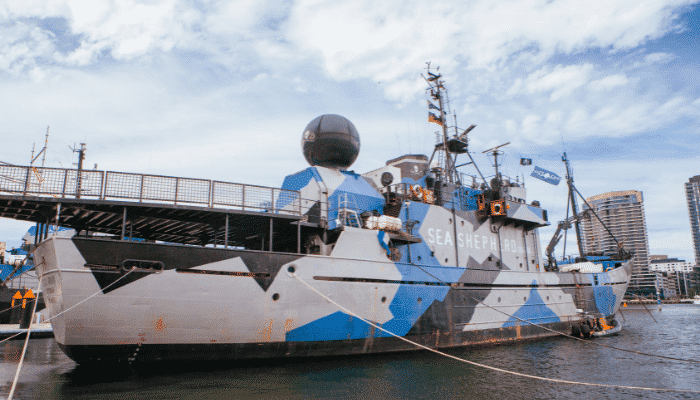
1. The founder of the organisation – Paul Watson – was one of the founders of the renowned organisation Greenpeace. In the decade between the late 1960s and 70s, Paul Watson led many active campaigns for the institution, protesting against the environmentally detrimental activities carried out before quitting it because of long-standing misunderstandings and conflicts of opinion.
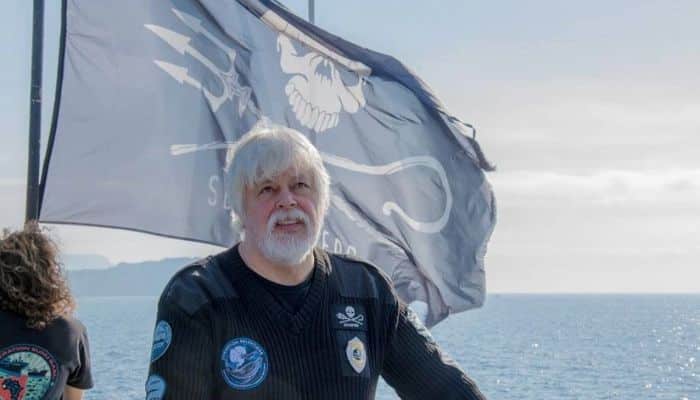
2. The organisation took its first direct action in 1979 against seal hunting in the Gulf of St.Lawrence, Canada. The same year, they also targeted an unregulated Portuguese whaling ship called the Sierra. The 1980s were spent undertaking several operations in Russia, Spain, Norway, Iceland and Japan. In these countries, the organisation targeted the whalers.
3. In the 1990s, the public attitude towards the group changed as it previously argued from an ethical viewpoint but now began to call itself an anti-poaching organisation, a claim based on the interpretation of maritime and conservation rules and laws.
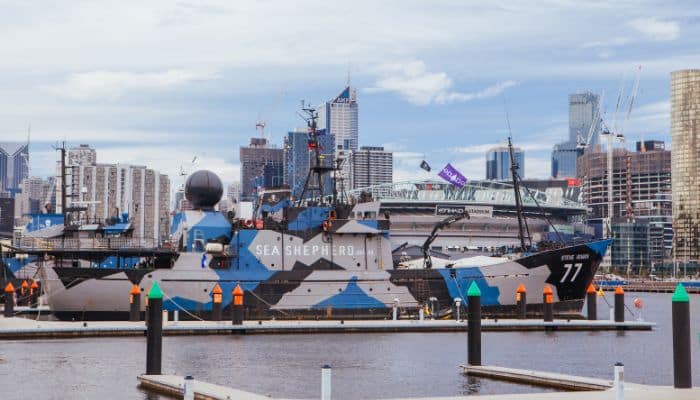
In this period, the organisation became quite famous as it achieved remarkable feats, teaming up with other environmental groups and agencies and reducing the practice of driftnet fishing. In 1994, the group sank an illegal Norwegian fishing vessel, and no charges came up since the vessel was involved in more unlawful activities than anticipated by the authority.
4. In the 2000s, the organisation assisted in cleaning up the Petrobras Oil Spill, which has been termed the worst oil spill in Brazil to date. The Rio Government had contacted the group to help with the cleanup.
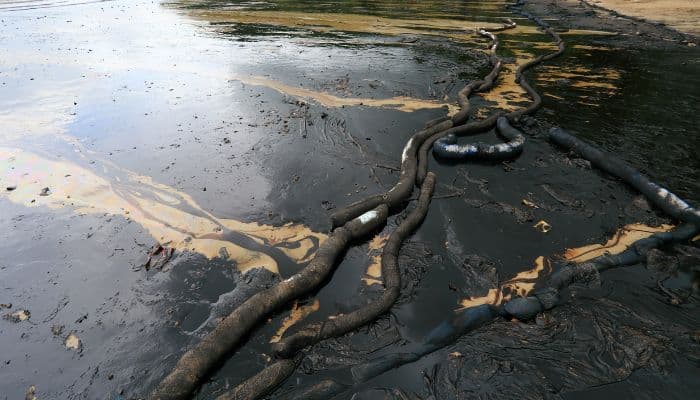
The group also cooperated with other agencies in the 2000s to crash down on maritime poaching. In 2008, it conducted two trips around Antarctica to check on illegal whaling practices.
5. Sea Shepherds’ main line of action or mission is active protest instead of passive reaction. Because of this stance, they have repeatedly come under the line of fire. Japanese whalers have sued the organisation for persistently blocking their annual whaling activity. The whale wars campaign undertaken by the Shepherds is quite detailed and a significant line of focus outside the American continent.
6. Sea Shepherd has been proactive in its intervention against fishing and poaching in the South Pacific region, the Mediterranean and the waters surrounding the Galapagos Islands.
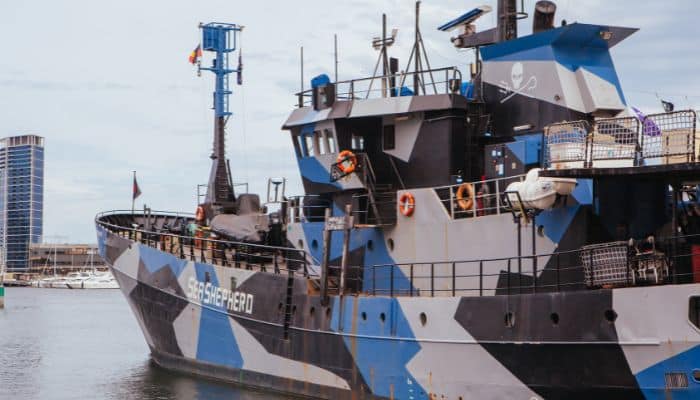
It also works on issues like plastic pollution and organises shore cleanups all around the year to collect debris close to oceans, rivers and streams. The group made an announcement in 2018 and created awareness about the marine animals that die each year due to plastic pollution.
7. The organisation’s proactive stance includes attacking and pounding on ships that undertake activities that it believes to be against the law of nature. This has resulted in the organisation attracting negative popularity as a core extremist.
8. Sea Shepherds also carry a cache of artillery aboard their vessels. According to the founder, this is done as a security measure to protect the crew who encounter individuals who could be life-threatening.
9. The organisation has been deemed an eco-terrorist outfit. Over the years, many countries across the world have made a move to protest against the liberal stance taken by the US government towards the exemption of tax duties on the organisation.
10. The International Whaling Council (IWC) disbarred the Shepherds of the Sea from being a part of its observatory group in 1994. The IWC also criticised the organisation as being terroristic in its propaganda and activities carried out.
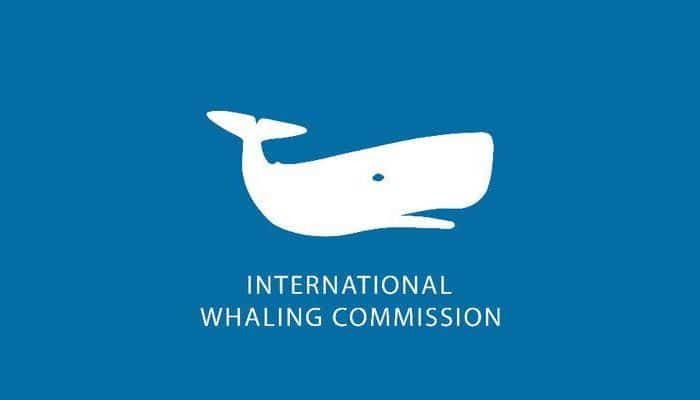
11. Apart from Paul Watson, the Shepherds comprises 11 others who comprise the organisation’s crew. These 11 members, of various nationalities, include three women and eight men who handle the persisting problem of marine ecological threats more effectively.
12. The Sea Shepherds have a fleet of ships to carry out their operations. Sea Shepherd refers to the ships it has operated as Neptune’s Navy. Till 2021, the society operated 12 vessels, namely the Ocean Warrior, the Brigitte Bardot, Steve Irwin, John Paul DeJoria, Farley Mowat, Jairo Mora Sandoval, White Holly, Sam Simon, Martin Sheen, Bob Barker, Sharpie and Sea Eagle.
The ships have sailed under the flags of different countries like Canada, Belize, the UK, Togo etc. Steve Irwin and Bob Barker now sail under the Dutch flag.
13. The Shepherds of the Sea focuses on countering whaling activities, preservation of the Galapagos turtles, preventing seal hunting and fighting against the hunting of sharks. The organisation has been instrumental in preventing the mass killing of dolphins in the Iki province of Japan.
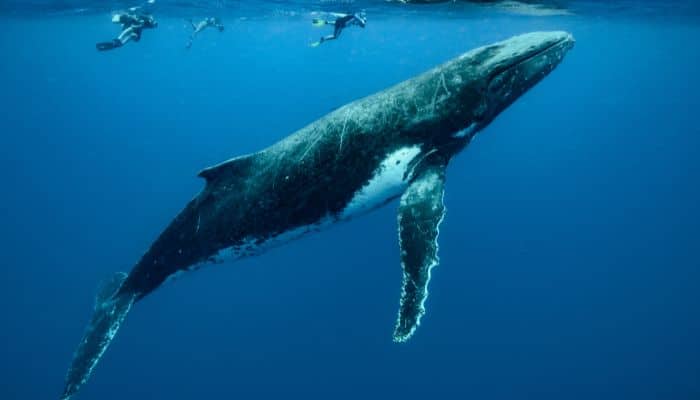
14. The organisation is known for its media interaction worldwide. Its whaling campaign – Whale Wars – is a featured documentary on the Animal Planet channel, allowing the organisation to rake in more and more positive attention in the international viewer domain.
15. In 2015, the organisation’s ship Bob Barker followed a poaching vessel, ‘The Thunder’, for more than 100 days until the latter gave up. The crew was convicted on charges of illegal fishing.
Since the company has few staff members, it recruits volunteers and organises direct action campaigns. It has run many successful campaigns, such as the Seal Defense Campaign. Sea Shepherd also announced their Ghostnet Campaign to remove fishing gear from waters around England, Whales and Scotland.
16. The Sea Shepherds is an organisation whose activities can be considered grey instead of conventional white. While being touted as interfering, many marine animals and mammals owe their continued existence to this institution. In the interests of these creatures, it becomes essential that the organisation exists and thrives.
17. Since 2016, the organisation has acted with governments in their anti-poaching efforts in territorial waters and marine reserves, including with the Mexican Navy, in Operation Milagro, with the Italian Coast Guard in Sicily, Coastguards of Gabon and Sao Tome, where military marines sailed aboard the vessels of the Sea Shepherds.
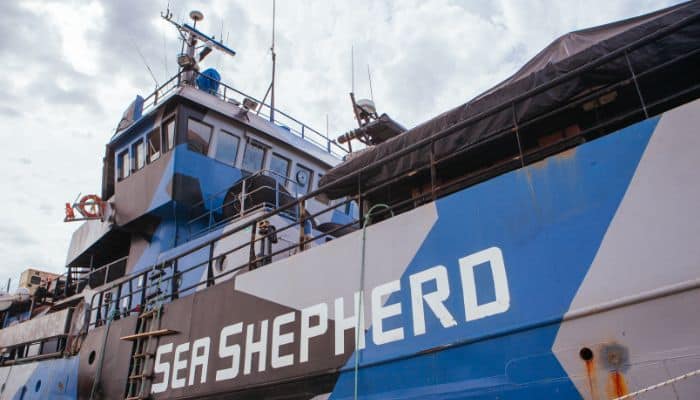
18. The Group has a Board of Directors and many Boards of Advisors, each handling a particular area of expertise. The Scientific, Technical and Conservation Advisory Board comprises the Earth First founder Dave Foreman and Horst Klienschmidt. There is an Animal Welfare, Humane and Animal Rights Advisory Board and a Media and Arts Advisory Board and also a Financial and Management Board.
19. By the end of 2022, a schism occurred in the group when Paul Watson was removed from Sea Shepherd Global’s Board Of Directors. He stated that this was due to the group’s ideology shifting away from independent and direct action to collaborating and coordinating with governments. He then formed his organization known as Captain Paul Watson Foundation and another one called Sea Shepherd Origins.
20. In 2019, the organization spent 89.9% of its revenue on its various programs, and only 10% was spent on administrative costs and raising funds. Hence, the group is known for its financial accountability and transparent functioning.
It is supported by private and corporate donations, grants etc. It is largely operated by volunteers and a small number of paid staff members.
Conclusion
The Sea Shepherd Society is a non-profit organisation that works tirelessly to protect and preserve the marine resources of the planet. It undertakes activities in the form of campaigns and strives to protect marine wildlife and their habitats. It also confronts and tackles illegal fishing practices, poaching and other environmental crimes that pose a threat to the ocean’s fragile ecosystems.
It is applaudable that their efforts have saved innumerable marine life, and their awareness campaigns have brought the problem of plastic pollution to the forefront. They have called upon other agencies and groups with similar agendas, including national governments, to save the oceans and seas which sustain us and are home to the earth’s most amazing creatures.
Despite being embroiled in controversies or conflicts over their environmental stances and actions, the organisation remains steadfast in its mission to safeguard the marine habitat and its inhabitants.
Frequently Asked Questions
1. What do sea shepherds actually do?
Sea Shepherds strive to defend and protect the oceans, which sometimes national authorities fail to do. They use direct action instead of passive reaction to attain their goals and objectives. They try to safeguard the biodiversity of marine ecosystems and prevent the slaughter of wildlife living in the oceans.
2. Why do Japanese whalers have a problem with the organisation?
Japanese whalers have sued the organisation for persistently blocking their annual whaling activity. The whale wars campaign undertaken by the Shepherds is quite detailed and a significant line of focus outside the American continent.
3. How many whales have the organisation saved?
Sea Shepherd has saved around 6000 whales from the deadly harpoons. Although the International Whaling Commission has banned the commercial killing of whales, people from countries like Norway, Iceland and Japan still engage in this illegal activity.
4. Is the organisation still active in 2022?
5. Do Sea Shepherd vessels carry arms?
Despite many allegations of it being an eco-terrorist organisation using firearms, the staff has said that no ships are armed. They have the most powerful weapon in the world: the camera.
You might also like to read-
- Watch: Sea Shepherd Arrests Two Trawlers During Patrols In Gambia
- Watch: Sea Shepherd Saves Endangered Totoaba Following Second Drone Shooting
- Watch: Sea Shepherd Vessel Rammed And Threatened By Fishing Boat In Panama
- The Mystery of the Dead Sea Scrolls
- 13 Important Marine Environmental Protection Agencies
Disclaimer: The authors’ views expressed in this article do not necessarily reflect the views of Marine Insight. Data and charts, if used in the article, have been sourced from available information and have not been authenticated by any statutory authority. The author and Marine Insight do not claim it to be accurate nor accept any responsibility for the same. The views constitute only the opinions and do not constitute any guidelines or recommendations on any course of action to be followed by the reader.
Do you have info to share with us ? Suggest a correction

About Author
Zahra is an alumna of Miranda House, University of Delhi. She is an avid writer, possessing immaculate research and editing skills. Author of several academic papers, she has also worked as a freelance writer, producing many technical, creative and marketing pieces. A true aesthete at heart, she loves books a little more than anything else.
Subscribe To Our Newsletters
By subscribing, you agree to our Privacy Policy and may receive occasional deal communications; you can unsubscribe anytime.



